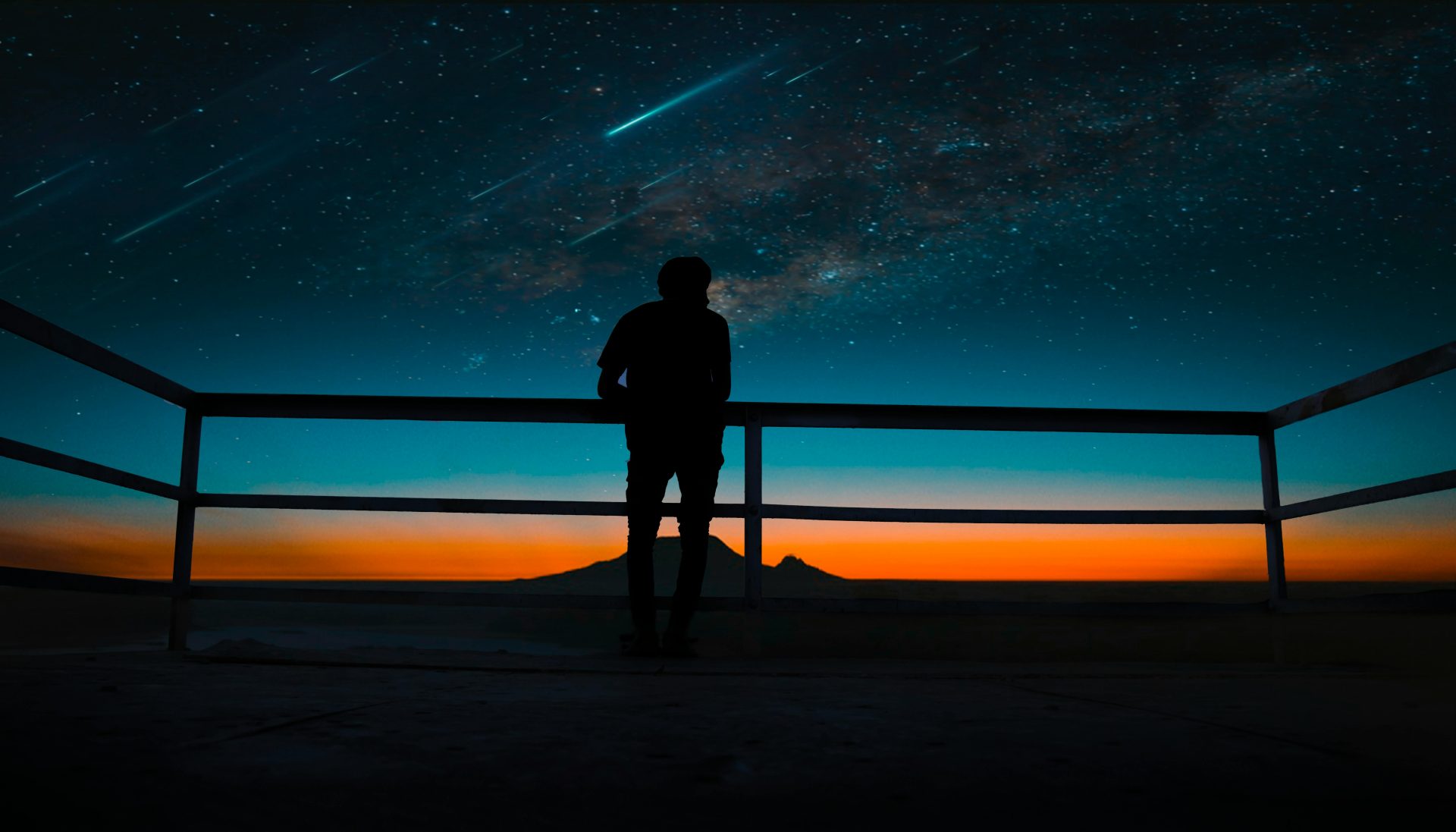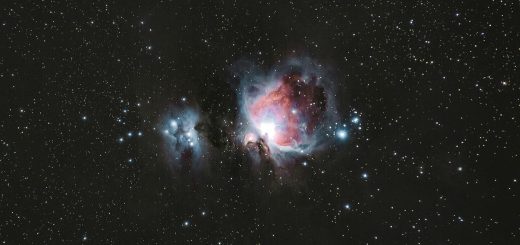The Battle of Moytura: Defining Conflict of Irish Myth

Looking for more amazing products? Check out our online store and explore our collection here! Happy shopping!
Before diving in, please note: This post is for informational purposes only. If you’d like to know more about how we approach topics, feel free to check out our friendly Disclaimer Page.
Hey there, amazing readers! 🖐️ Just a quick note: yes, we know there are a lot of ads here. Trust us, we get it—it’s not the prettiest look, but they help us keep this blog alive and kicking. Those pesky little ads cover the costs of all the behind-the-scenes magic, from hosting and tech stuff to creating content we hope you’ll love.
We’re committed to delivering quality posts, and your support (even just sticking around despite the ads) means everything to us. So, bear with us, and thanks for helping us keep the good vibes rolling. Now, on to the fun stuff! 😉
TRANSLATE BUTTON AT THE END OF THE ARTICLE
Overview: The Battle of Moytura: Defining Conflict of Irish Myth
The Battle of Moytura is a significant event in Irish mythology that has been passed down through generations as a defining conflict.
This epic battle is central to the mythological traditions of Ireland and has captivated the imagination of storytellers and scholars alike.
In this article, we will delve into the origins and significance of the Battle of Moytura, explore the mythical characters and warriors involved, discuss the cause and nature of the conflict, analyze the themes and symbolism within the battle, and examine its interpretations and variations in Irish mythology.
Furthermore, we will explore the historical context and potential real events that may have influenced the myth, and finally, we will explore the battle’s influence and legacy, comparisons with other mythological battles, and its presence in modern culture.
Introduction to the Battle of Moytura
The Battle of Moytura, also known as the Battle of Magh Tuireadh, is a legendary conflict that occurs in Irish mythology.
It is said to have taken place in two stages, first and second, and is considered a defining event in the mythological history of Ireland.
The battle is believed to have been fought between the Tuatha Dé Danann, a supernatural race associated with the pre-Christian deities, and the Fomorians, a mythical race of semi-divine beings associated with chaos and darkness.
The Battle of Moytura is shrouded in mystery, and its significance extends far beyond the realms of myth, impacting both the historical and cultural understanding of ancient Ireland.
Origin and Significance of Moytura in Irish Mythology
The origins of the Battle of Moytura can be traced back to the medieval manuscripts that preserve the rich tapestry of Irish mythology.
The battle is prominently featured in texts such as the "Lebor Gabála Érenn" (The Book of Invasions) and the "Cath Maige Tuired" (The Battle of Moytura).
These texts, compiled during the medieval period, draw upon earlier oral traditions and legends to weave a complex narrative that intertwines history, myth, and spirituality.
The significance of Moytura lies in its portrayal of a struggle between the forces of light and darkness, order and chaos, and the triumph of the divine over the malevolent.
Mythical Characters and Warriors in the Battle
The Battle of Moytura showcases a cast of mythical characters and warriors from Irish mythology, each with their unique attributes, skills, and motivations.
The most prominent figures in the battle include Nuada, the king of the Tuatha Dé Danann, who wields a magical arm known as the Silver Hand, and his counterpart, Balor, the Fomorian king with a destructive eye that can kill with a single glance.
Other notable warriors include Lugh, the youthful champion of the Tuatha Dé Danann, who possesses extraordinary talents and brings innovation to the battle; and the Dagda, a powerful god associated with abundance and wisdom, who wields a magical club.
These characters, among others, play pivotal roles in shaping the outcome of the battle.
The Two Battles of Moytura: First and Second Battle
The Battle of Moytura is divided into two distinct phases: the First Battle of Moytura and the Second Battle of Moytura.
The First Battle involves the initial clash between the Tuatha Dé Danann and the Fomorians, resulting in the victory of the Fomorians and the loss of Nuada’s arm.
However, the Tuatha Dé Danann regroup and prepare for the Second Battle, which takes place years later.
In this second conflict, Nuada, now equipped with a functional arm, leads his people to reclaim their sovereignty.
The Second Battle of Moytura culminates in the defeat of the Fomorians, with Lugh orchestrating the decisive blow by slaying Balor.
These battles mark a transitional period in Irish mythology, as the Tuatha Dé Danann ascend to power and establish their dominance over the land.
The Cause and Nature of the Conflict
The cause of the Battle of Moytura can be attributed to the clash between the Tuatha Dé Danann and the Fomorians for control over Ireland.
These two races represent opposing forces, both in terms of their physical attributes and moral disposition.
The Tuatha Dé Danann are associated with light, wisdom, and civilization, while the Fomorians are associated with darkness, chaos, and tyranny.
The conflict is fueled by the Fomorians’ desire to subjugate the Tuatha Dé Danann and exert their dominance.
Additionally, the battle can be seen as a struggle for sovereignty and the establishment of a rightful ruler, as Nuada’s loss of his arm disqualifies him from kingship until it is replaced.
The Battle of Moytura thus serves as a mythological backdrop to explore the eternal themes of power, destiny, and the triumph of good over evil.
Themes and Symbolism in the Battle of Moytura
The Battle of Moytura is rich with themes and symbolism that reflect the broader cultural and spiritual beliefs of the ancient Irish people.
One prevalent theme is the concept of sovereignty, as the battle is intrinsically tied to the rightful rulership of Ireland.
The condition of Nuada’s arm, being a symbol of kingship, represents the importance of physical perfection and divine favor in a monarch.
Moreover, the battle also explores themes of heroism and sacrifice, as characters like Lugh and Balor embody the heroic ideals and the willingness to lay down their lives for a greater cause.
Symbolism is also present in the magical artifacts wielded by the characters, such as Nuada’s Silver Hand, which represents divine authority, and Lugh’s spear, which signifies his skill and prowess in battle.
Interpretations and Variations of the Battle in Irish Mythology
As with many mythological tales, the Battle of Moytura has undergone various interpretations and variations throughout history.
One notable interpretation suggests that the battle represents the struggle between indigenous Irish culture and invading forces, possibly reflecting historical conflicts faced by the Celtic people.
Another interpretation focuses on the battle as an allegory for the transition from a matriarchal society to a patriarchal one, as seen in the demotion of the goddess Danu and the ascension of the god Lugh.
These interpretations showcase the fluidity and adaptability of mythological narratives, allowing for multiple layers of meaning and personal interpretations.
Historical Context and Potential Real Events
While the Battle of Moytura is predominantly steeped in mythology, scholars have attempted to uncover potential historical events that may have influenced the myth.
Some theories posit that the battle could be a distorted retelling of actual conflicts between ancient Irish tribes or invasions by other cultures.
These theories often draw parallels between the Fomorians and historical invaders, such as the Vikings or the early Celtic tribes.
However, it is important to note that the connection between myth and history is intricate and multifaceted, and any attempt to untangle the historical context of the Battle of Moytura should be approached with caution.
Influence and Legacy of the Battle of Moytura
The Battle of Moytura has left an indelible mark on Irish culture, shaping its mythology, literature, and artistic expressions.
This epic conflict continues to inspire contemporary works and serves as a source of national pride.
The battle’s themes of heroism, sacrifice, and the triumph of good over evil resonate with audiences across generations.
Moreover, the Battle of Moytura has been instrumental in establishing the Tuatha Dé Danann as iconic figures in Irish folklore, exerting a lasting influence on the portrayal of supernatural beings in literature and popular culture.
Comparisons with Other Mythological Battles
When examining the Battle of Moytura, it is inevitable to draw comparisons with other mythological battles from different cultures.
The clash between the Tuatha Dé Danann and the Fomorians shares similarities with battles depicted in Norse mythology, such as the Aesir-Vanir war or the Ragnarök.
These battles often symbolize cosmic struggles, the eternal conflict between opposing forces, and the cyclical nature of life and death.
The Battle of Moytura also shares parallels with other mythological conflicts, such as the Greek Titanomachy or the Indian Kurukshetra war, showcasing the universal themes and archetypes inherent in human storytelling.
The Battle of Moytura in Modern Culture
Despite its ancient origins, the Battle of Moytura continues to captivate modern audiences and remains a prominent feature in Irish culture.
It has found its place in contemporary literature, with numerous retellings and adaptations exploring the myth’s timeless themes.
Additionally, the battle’s characters and symbolism have permeated popular culture, appearing in various forms of media such as films, artwork, and video games.
The enduring presence of the Battle of Moytura in modern culture serves as a testament to the myth’s enduring power and its ability to resonate with audiences across time.
Conclusion: The Enduring Impact of Moytura in Irish Myth
The Battle of Moytura stands as a defining conflict in Irish mythology, showcasing a clash between the forces of light and darkness, order and chaos.
This epic battle has transcended the realms of myth, leaving a lasting impact on Irish culture and inspiring countless interpretations and adaptations.
As a cornerstone of Irish folklore, the Battle of Moytura continues to captivate audiences with its themes of heroism, sacrifice, and the victory of good over evil.
Whether exploring the battle’s origins in ancient manuscripts, examining its potential historical context, or marveling at its influence in contemporary culture, the Battle of Moytura remains a testament to the enduring power of myth and storytelling in shaping our understanding of the world around us.

The Enlightenment Journey is a remarkable collection of writings authored by a distinguished group of experts in the fields of spirituality, new age, and esoteric knowledge.
This anthology features a diverse assembly of well-experienced authors who bring their profound insights and credible perspectives to the forefront.
Each contributor possesses a wealth of knowledge and wisdom, making them authorities in their respective domains.
Together, they offer readers a transformative journey into the realms of spiritual growth, self-discovery, and esoteric enlightenment.
The Enlightenment Journey is a testament to the collective expertise of these luminaries, providing readers with a rich tapestry of ideas and information to illuminate their spiritual path.
Our Diverse Expertise 🌟
While our primary focus is on spirituality and esotericism, we are equally passionate about exploring a wide range of other topics and niches 🌍📚. Our experienced team is dedicated to delivering high-quality, informative content across various subjects ✨.
To ensure we provide the most accurate and valuable insights, we collaborate with trusted experts in their respective domains 🧑🏫👩🏫. This allows us to offer well-rounded perspectives and knowledge to our readers.
Our blog originally focused on spirituality and metaphysics, but we’ve since expanded to cover a wide range of niches. Don’t worry—we continue to publish a lot of articles on spirituality! Frequently visit our blog to explore our diverse content and stay tuned for more insightful reads.
Hey there, amazing reader! 🌟 If you’re enjoying the content here, you can support the blog by grabbing one of our fantastic products. Every purchase helps cover the costs of keeping this blog running—think web hosting, domains, themes, and all the behind-the-scenes techy stuff. Your support means the world to us, and we’re so grateful to have you as part of our community, spreading love, light, and knowledge. 💖
Check out our store here and take a peek at some of our featured products below! Thanks for being awesome! 🙌







